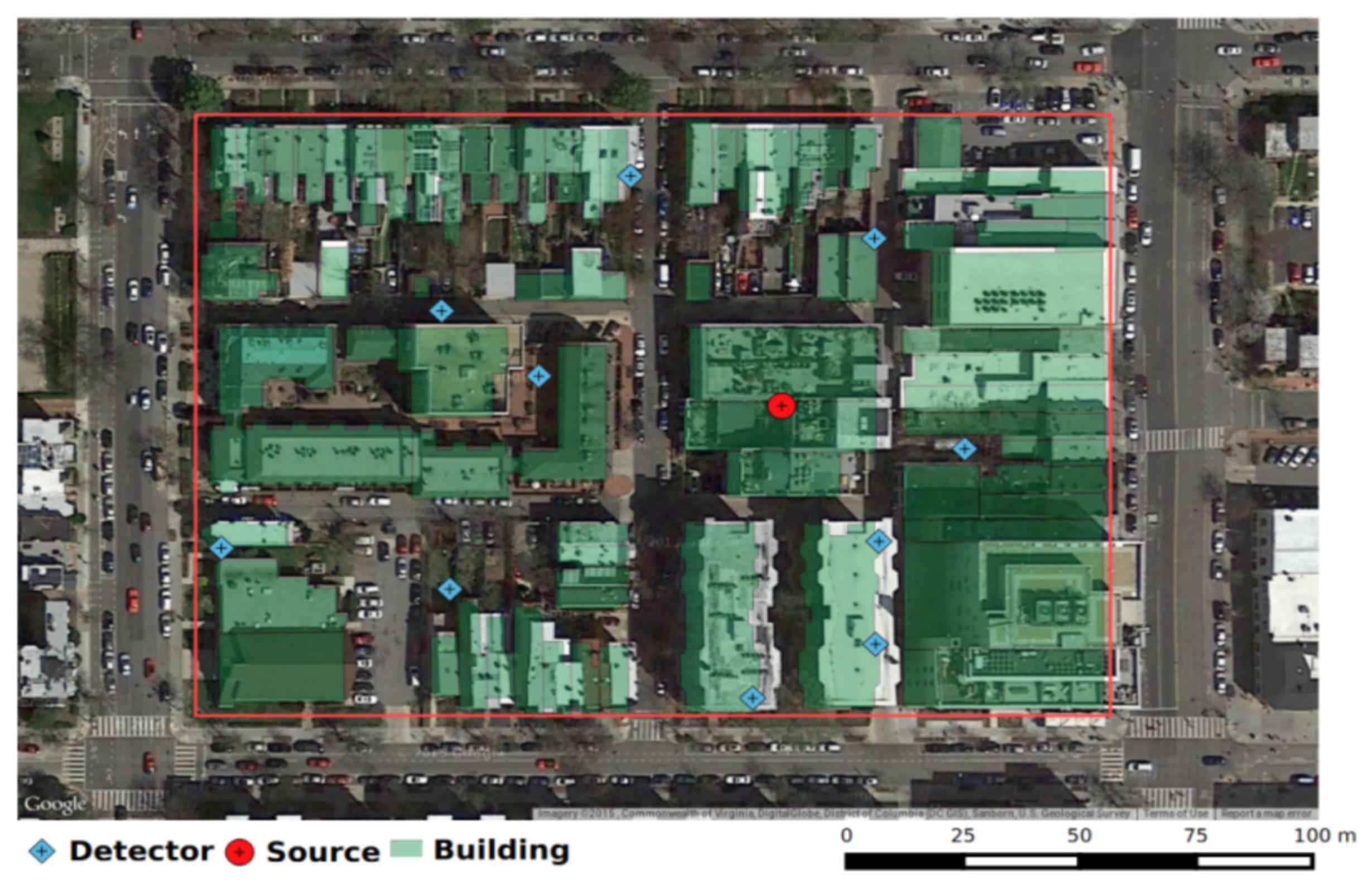
These include a required Digital Elevation Model (DEM) and subsequent covariate datasets produced as a result of a Digital Terrain Analysis performed on the DEM. Secondary soil and environmental attributes are critical inputs that are required in the development of sampling points by LHS. This allowed for specific sets of LHS points to be produced to fulfil the needs of various partners from multiple projects working in the Ontario and Prince Edward Island provinces of Canada. The Latin Hypercube Sampling ( LHS) approach to assist with Digital Soil Mapping has been developed for some time now, however the purpose of this work was to complement LHS with use of multiple spatial resolutions of covariate datasets and variability in the range of sampling points produced. AAFC - Agriculture and Agr-Food Canada, Ottawa, Canada. Sampsa Hamalainen, Xiaoyuan Geng, and Juanxia, He. Latin Hypercube Sampling ( LHS) at variable resolutions for enhanced watershed scale Soil Sampling and Digital Soil Mapping. Hamalainen, Sampsa Geng, Xiaoyuan He, Juanxia

Modified latin hypercube sampling manual#
This manual covers the theory behind stratified sampling as well as use of the LHS code both with the Windows graphical user interface and in the stand-alone mode. The present program replaces the previous Latin hypercube sampling program developed at Sandia National Laboratories (SAND83-2365). The Latin hypercube technique employs a constrained sampling scheme, whereas random sampling corresponds to a simple Monte Carlo technique.
Modified latin hypercube sampling software#
This software has been developed to generate either Latin hypercube or random multivariate samples. This document is a reference guide for LHS, Sandia`s Latin Hypercube Sampling Software.

Risk Assessment and Systems Modeling Dept. [Sandia National Labs., Albuquerque, NM (United States). A user`s guide to LHS: Sandia`s Latin Hypercube Sampling SoftwareĮnergy Technology Data Exchange (ETDEWEB)


 0 kommentar(er)
0 kommentar(er)
